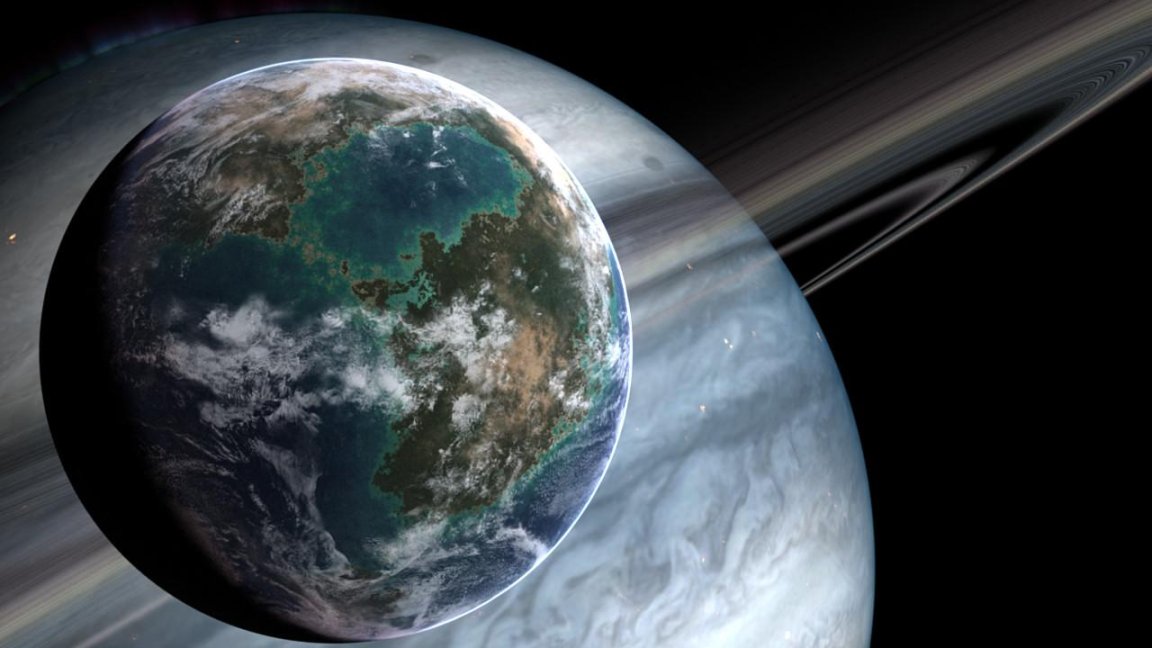
Building a Team
NASA and the National Science Foundation (NSF) have selected a team of astronomers to build their new exoplanet hunter. In order to get the best minds on the job, the scientists were selected after holding a national competition. The resulting team will be led by Penn State University assistant professor Suvrath Mahadevan.
“We are privileged to have been selected to build this new instrument for the exoplanet community,” Mahadevan said. “This is a testament to our multi-institutional and interdisciplinary team of talented graduate students, postdoctoral researchers, and senior scientists.”
For the next three years, the team will build the $10 million instrument called NN-EXPLORE Exoplanet Investigations with Doppler Spectroscopy (NEID). Once completed, the instrument will be installed on the 3.5-meter WIYN observatory (pictured below) at the Kitt Peak National Observatory in Arizona.

Signs of Life
The NEID will indeed be an exoplanet hunter. The instrument will allow scientists to search for for the Earth-like planets by measuring a star’s back-and-forth movement, which is caused by the gravitational pull of an orbiting planet. Thus, this “wobble” indicates the size of the planet itself.
After pinpointing one of these stars, NASA can use the power of space telescopes to further investigate the surrounding system. In theory, this could lead to finding the next habitable planet—Earth 2.0—or even one that already has signs of intelligent life.
“NEID will be more stable than any existing spectrograph, allowing astronomers around the world to make the precise measurements of the motions of nearby, Sun-like stars,” said Jason Wright, associate professor of astronomy and astrophysics at Penn State and a member of the science advisory team. “Our team will use NEID to discover and measure the orbits of rocky planets at the right distances from their stars to host liquid water on their surfaces.”